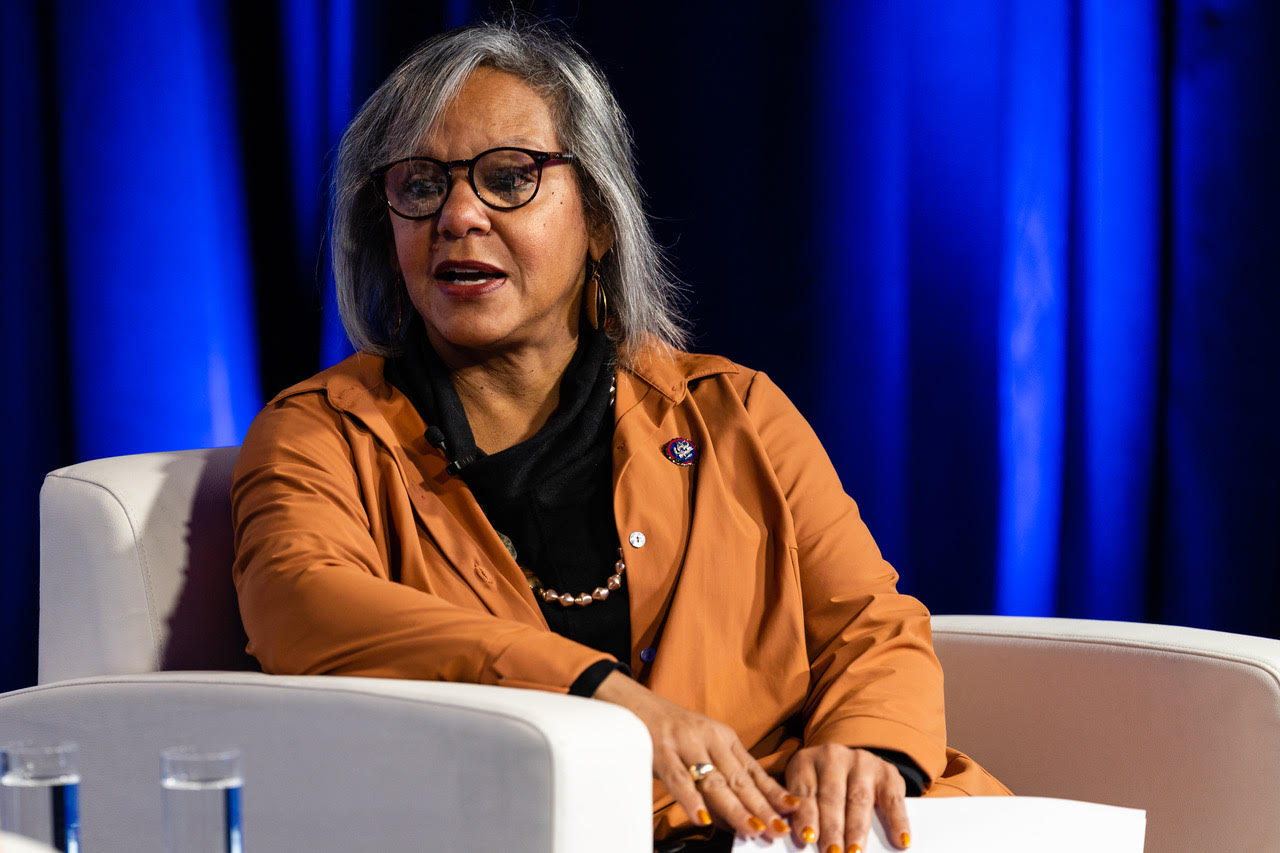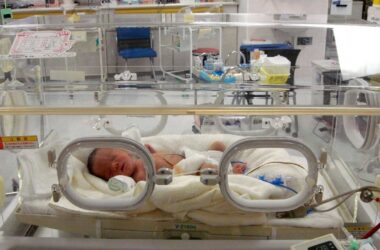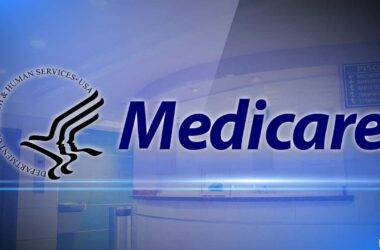Huntsville, Alabama—(ENEWSPF)—March 25, 2014.
Thank you, Chris [Newlin]. I’m delighted to be here in Huntsville and thrilled to join this large and distinguished group of child-serving professionals. It’s inspiring to see the number of people from all over the country and around the world – and from across many disciplines – who work so hard every day to protect our children. I bring you the Attorney General’s gratitude for the incredible work you all do.
I want to thank Chris, in particular, for his wonderful hospitality. As a fellow southerner, I feel right at home. As I’m sure everyone here knows, Chris is an amazing advocate for the work you all do and someone who cares deeply about the safety and health of America’s kids. Thank you, Chris, for your terrific leadership and for all you do on behalf of our children.
And let me thank Marilyn Grundy, as well. I know Marilyn has been the chief organizer of this conference for about a quarter of a century. Judging by the number of people who come to Huntsville year after year, not to mention the impressive range of topics being covered, she has once again done us all – and all of America – a great service.
Finally, I want to recognize one of my own colleagues at the Office of Justice Programs. Many of you know Lou Ann Holland from our Office of Juvenile Justice and Delinquency Prevention. She is the program manager responsible for our work with children’s advocacy centers, and she joins me on the dais. I want you all to know that she is one of the stalwart supporters of child advocacy centers in the federal government. You could have no better friend in Washington.
I want to say how proud I am to be with you today. I have long been a supporter of the work of our nation’s child advocacy centers, and I know what an incredible asset they have been to child welfare and public safety in America. It’s hard not to be a fan of the work you all do. Your mission is to help children who have suffered negligence, mistreatment, and abuse, and to get them through the worst times they will ever experience in their young lives. This is a tall order, and a great deal is expected of you – but you have risen to the challenge.
Thanks to your efforts, kids across the country who are brought into contact with our child protective and justice systems are getting the services they need to deal with the trauma they’ve experienced. They are receiving access to critical medical care. They are benefitting from more coordinated and more efficient case management and processing. In cases of child sexual abuse, they are seeing speedier filing decisions and much higher prosecution rates. And they are less afraid of being interviewed and of other aspects of the process – which is, in my view, one of the most important markers.
You are taking care of our kids when others have failed them. You play a vital role, and I, for one, am proud to be your partner. Last year, we awarded more than $5 million to the National Children’s Advocacy Center and to the four regional child advocacy Centers, and we made additional funding through the National Children’s Alliance to support local child advocacy centers and accreditation programs.
More funding will be available this year, and I am also pleased that President Obama’s budget request for next year includes $11 million for programs to support responses to child maltreatment. This funding will potentially provide critical operational assistance to child advocacy centers and valuable training and technical assistance that will further strengthen the multidisciplinary response to child abuse cases.
We are standing with you because we share an important goal: an America where all children live without the threat of harm and where those who have encountered violence and abuse have the support and resources they need to survive and thrive.
This is a top priority of mine and of the Attorney General’s. Since his days as a prosecutor, Eric Holder has recognized the terrible impact of violence, trauma, and abuse on children and the importance of coordinating our response to these cases. As Deputy Attorney General under Janet Reno, he launched an initiative called Safe Start, which was designed to reduce the impact of children’s exposure to violence.
When he took office as Attorney General in 2009, he picked up where he left off. In response to a study released that year by our Office of Juvenile Justice and Delinquency Prevention, he was determined to muster all available resources to address this problem head on. And so he launched an effort called Defending Childhood.
The goal of Defending Childhood is fairly straightforward: To improve our understanding of the impact of children’s exposure to violence and to turn that knowledge into workable strategies and effective programs. In other words, we’re working to find evidence-based approaches that will counter the effects of violence in children.
This work comes at a critical time. The study I mentioned a moment ago showed the astonishing prevalence of violence in the lives of America’s children. More than 60 percent – that’s six-zero – of kids in the United States are exposed to some form of violence, crime, or abuse, ranging from brief encounters as witnesses to serious violent episodes as victims. Almost 40 percent are direct victims of 2 or more violent acts.
I think you’ll all agree that these numbers are alarming and unacceptable. Attorney General Holder put it best when he said that kids are “living with violence at rates that we, as adults, would never tolerate.”
I don’t have to tell any of you that the consequences of this exposure can be serious. It can lead to poor performance in school. It can lead to drug and alcohol abuse. It can lead to long-term physical and psychological harm. And it can lead to involvement with the juvenile and criminal justice systems. And that’s not even the full story. A growing body of research in developmental psychology and neuroscience is showing us that trauma does great harm to the brain and can have life-long consequences. Kids who are exposed to violence have higher rates of heart disease, obesity, diabetes, and other physical issues. They’re at greater risk of future victimization and suicide. Exposure to violence damages a child’s DNA the way smoking or radiation exposure does, which means it can significantly shorten one’s life.
And this damage extends beyond the individual children who are affected. We all feel the effects in rising healthcare, criminal justice, and other public costs. And violence robs us of a future generation of leaders. This is a significant public safety problem that is fast becoming a serious public health problem – and it requires a full-throated response.
The good news is that we know that kids are resilient. When met with the proper response, they are capable of overcoming the challenges that violence presents. The key is to intervene with effective programs and as early as possible. Under Defending Childhood, we’re supporting demonstration programs to help build our base of evidence about what works, and we’re supporting research that will give us the scientific knowledge we need to improve our collective response.
One of the key elements of Defending Childhood was a national task force that held hearings across the country and examined the research on children’s exposure to violence. The task force, which was co-chaired by Joe Torre and Bob Listenbee, who is now the Administrator of our Office of Juvenile Justice and Delinquency Prevention and one of the most dedicated child advocates you’ll ever meet, produced a report with 56 recommendations for researchers and policymakers and practitioners at all levels.
A theme echoed throughout the report is the need for trauma-informed care for those who experience violence – in other words, responses that take into account triggers of trauma and that work to avoid re-traumatizing those being served. Given the emphasis on this approach, it should come as no surprise that many of the recommendations have implications for child advocacy centers. This is further evidence that the work done by the people in this room is vital to the safety and well-being of our nation’s children.
It also recognizes the vast scope of your efforts. Here in the U.S., child advocacy centers served more than 293,000 children in 2013 alone. Centers reach kids in 19 countries and in every corner of the United States, from the most populated urban centers to the smallest rural communities.
I’m especially grateful for the work being done in underserved areas like Indian country. One of the major findings of the National Task Force on Children’s Exposure to Violence was the need for more work to understand and respond to children in tribal communities.
Rates of crime and violence in some tribal areas are alarmingly high, and while current research doesn’t give us a complete picture of the scope of violence among native children, we have some evidence to show that they are particularly vulnerable. A 2008 report by the Indian Country Child Trauma Center calculated that native youth are two-and-a-half times more likely to experience trauma when compared with their non-native peers.
Because relatively little is known about violence against American Indian and Alaska Native children and because what we do know is of great concern, the Attorney General appointed a new task force specifically to study this issue. That task force is now holding hearings throughout the country, addressing issues such as the impact of child sexual abuse, the intersection between child maltreatment and domestic violence, and the impact of the juvenile justice system.
In conjunction with the most recent hearing in Arizona, my staff and members of the task force had the opportunity to visit a terrific child advocacy center in the Salt River Pima-Maricopa Indian Community. The center is run by a real dynamo named Sheri Freemont, who’s the former chief tribal prosecutor.
The center is a wonderful example of coordinated, culturally-oriented services. The environment is child-friendly. The advocates are steeped in trauma-informed care. They handle all interviews on-site. They use technology to maximize information access. And their approach is built on both traditional values and evidence-based methods.
Ms. Freemont is an outstanding spokesperson for the child advocacy community. Her testimony before the task force emphasized the important work done by child and family advocacy centers and multidisciplinary teams. Hearing her, it was clear that, although there’s a great deal of work to be done, there is no shortage of energy and commitment on the part of our tribal partners.
We must apply that same level of energy and commitment to all the children we serve. This goes especially for children living in disadvantaged communities, a disproportionate number of whom are children of color. Our intervention with these kids is critical because it can mean the difference between a life of frustration and disappointment and one characterized by opportunity.
The President is committed to seeing that minority youth have the same chance to succeed as everyone else and that their chances of success extend into their teenage and adult years. Last month, he announced a new initiative called My Brother’s Keeper, which is designed to support young men of color who are willing to work hard and play by the rules. He’s asked for support from businesses and philanthropies and he’s directed federal agencies to focus on ways we can improve opportunities for these young men.
My Brother’s Keeper is a natural next step in the work so many of you are already doing – meeting the needs of disadvantaged young people and helping them overcome the obstacles that have been placed in their way.
We know this is a huge challenge. Thousands of children – in communities across America – are in need of your services, and your response will help determine the course of their future, whether it will be one darkened by the violence and abuse they have experienced or one lit by the care and hope you provide.
I have no doubt, knowing the work each of you is doing already, that we are capable of great things. I know that we have a strong and ever-growing community of advocates striving diligently every day to help children in need. And I am confident that, working together, sharing ideas, and supporting one another, we will create a brighter future for the children who come into our nation’s child advocacy centers.
Thank you for your time, and thank you for your service to America’s children.
Source: justice.gov








